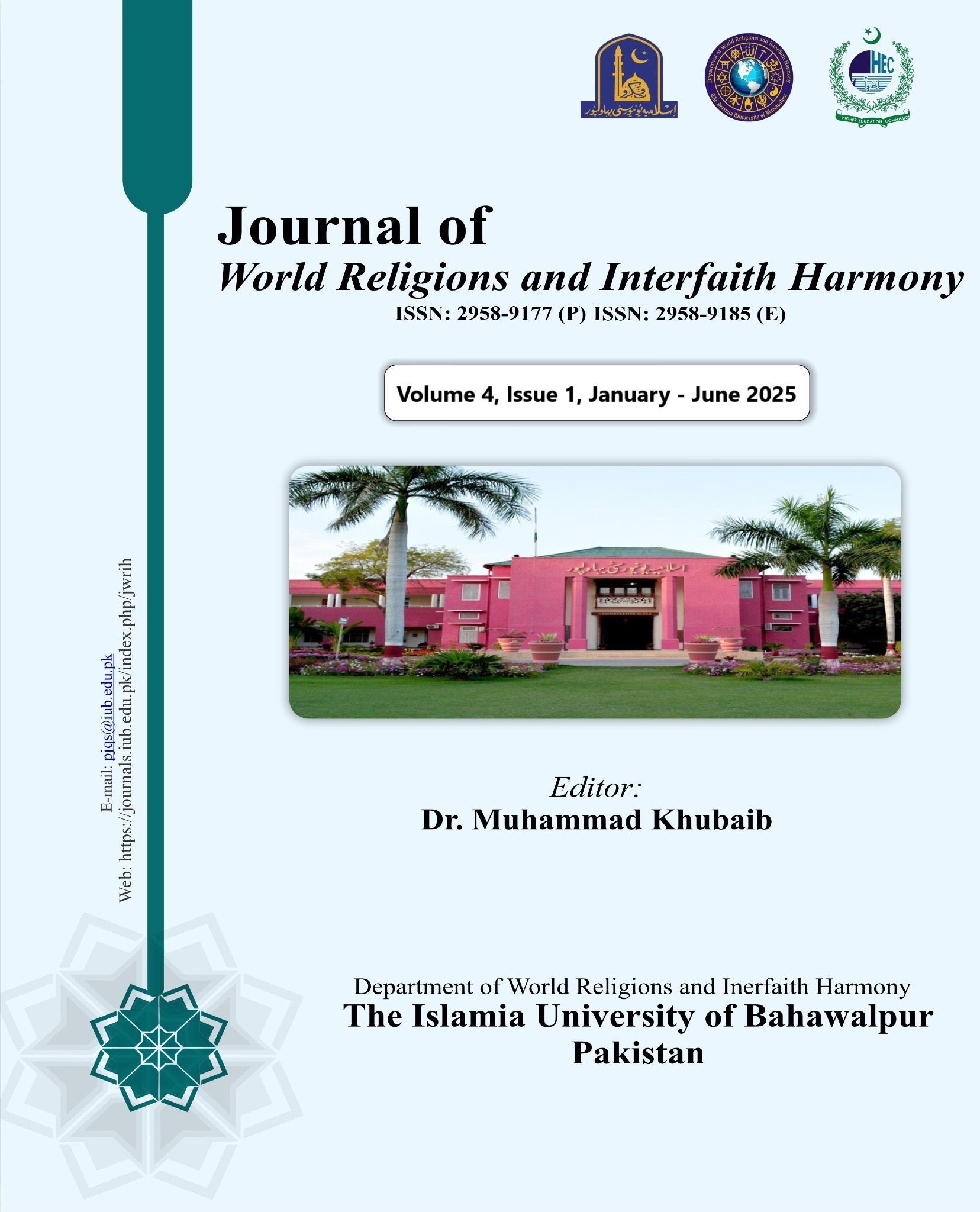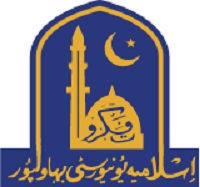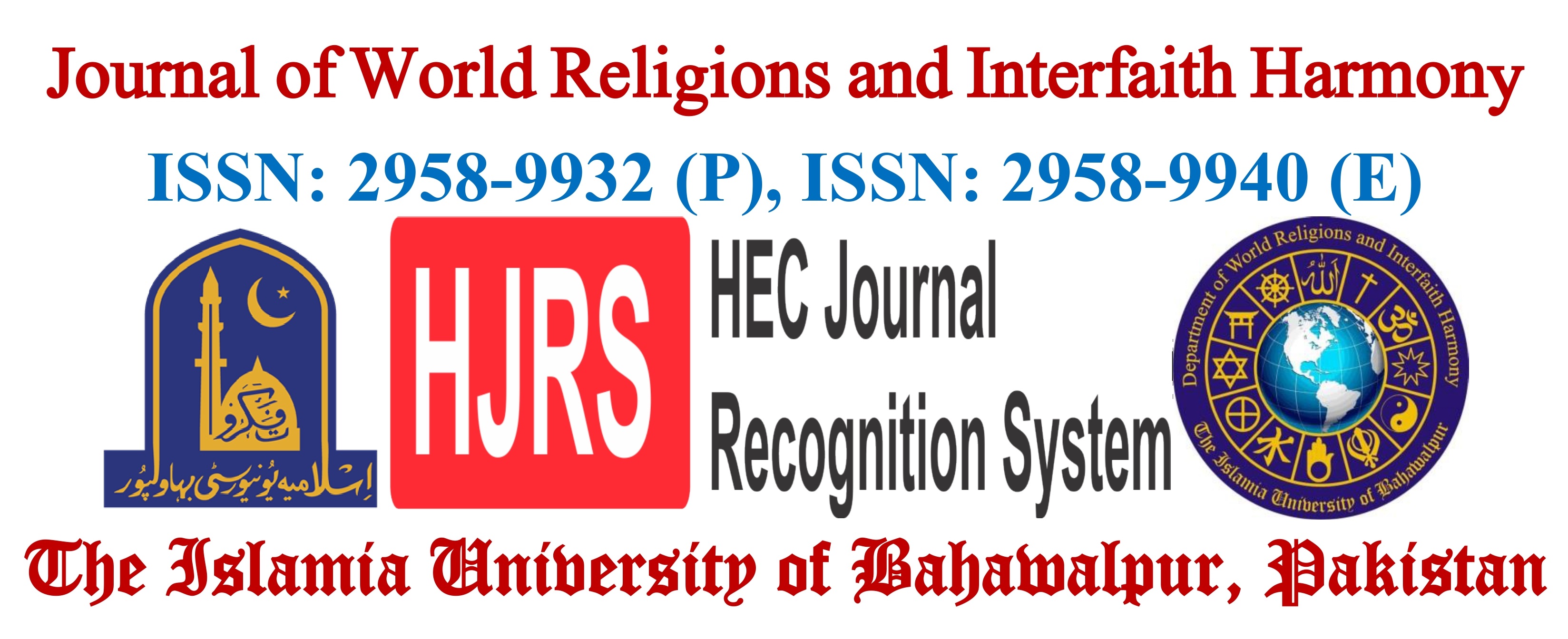Science and the Divine Nature of the Holy Qur’ān
Keywords:
Quran and science, embryology in Quran, big bang theory, scientific miracles of QuranAbstract
The Holy Qur’ān, revealed in the 7th century CE to Prophet Muhammad (PBUH), contains verses that align strikingly with discoveries in modern science. This paper highlights selected examples where Qur’ānic statements correspond with contemporary scientific understanding, reinforcing the view of its divine origin. Topics such as human embryonic development, lactation physiology, the therapeutic benefits of honey, the expanding universe, and the preservation of Pharaoh’s body are explored in relation to scientific literature. The Qur’ānic description of embryogenesis in Surah Al-Mu’minun (23:12–14) reflects remarkable precision, acknowledged by modern embryologists. Similarly, the recommendation of a two-year breastfeeding period aligns with current medical guidelines and evidence showing long-term health benefits for both mother and child. Surah An-Nahl (16:69) describes honey as a healing agent, a claim supported by clinical trials and meta-analyses highlighting its wound-healing and antimicrobial properties. The Qur’ān’s reference to the expanding universe (Surah Adh-Dhariyat 51:47) parallels the Big Bang theory. Furthermore, the preservation of Pharaoh’s body as mentioned in Surah Yunus (10:92) is consistent with modern forensic findings of Pharaoh Merneptah’s well-preserved mummy. These examples suggest that the Qur’ān contains timeless knowledge far beyond the scientific understanding of its era, supporting its divine origin.
Downloads
Published
How to Cite
Issue
Section
License
Copyright (c) 2025 Dr. Faraz Mansoor

This work is licensed under a Creative Commons Attribution-NonCommercial 4.0 International License.






